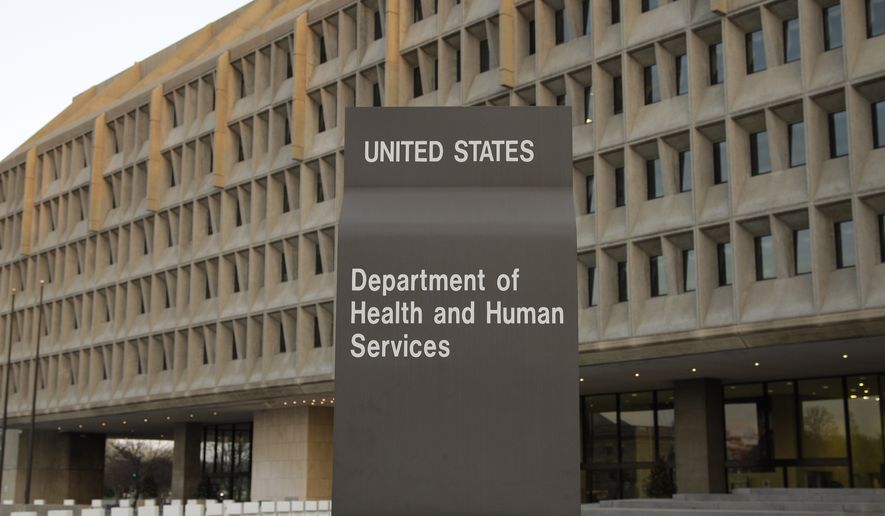![]() All three branches of the federal government and every state have failed to meet minimum standards to protect abused and neglected children, according to a report issued Tuesday that lambasted the American child-welfare system.
All three branches of the federal government and every state have failed to meet minimum standards to protect abused and neglected children, according to a report issued Tuesday that lambasted the American child-welfare system.
Researchers at the Child Advocacy Institute (CAI) at the University of San Diego School of Law and the Washington, D.C.-based advocacy group First Star collaborated on the “Shame on U.S.” report.
The researchers found lapses that ranged from the failure of the Department of Health and Human Services (HHS) to adequately oversee state compliance with standards to what they called “reluctance” by both Congress and the courts to deal with the systemic shortcomings.
“This report is about how all three branches of government have fallen asleep at the wheel and failed to do their jobs in terms of protecting children,” said Amy Harfeld, national policy director for CAI.
“The legislative branch has passed a set of child welfare laws that are weak, underfunded and uncoordinated. The administrative agency, HHS, which is exclusively tasked with overseeing, implementing and enforcing federal law in this arena, has quite clearly communicated they don’t take very seriously their role in enforcing the law.”
She said that failure to enforce has left individuals and others no choice but to sue and “disturbingly, we’ve seen a trend for federal courts to refuse to take these cases, which are turned away for procedural obstacles or failing to find standing among these groups of kids.”
The institute refers to multifaceted failures as a “trifecta of inertia and neglect.”
By the numbers
According to 2012 figures from Prevent Child Abuse America, one year’s direct and indirect costs of child abuse and neglect is more than $80 billion. The organization estimates the economic burden of child abuse and neglect in the United States at an average of $210,012 per child in 2010 dollars, including long-term health care, lost productivity, child welfare, criminal justice and special education costs.
The researchers analyzed both state and national compliance with federal mandates to reach conclusions about what institute director Robert Fellmeth called “a wholly broken federal system” that disappoints or harms hundreds of thousands of children a year.
He wrote that children in foster care suffer in various ways and may be at risk for post-traumatic stress disorder, unemployment, homelessness and sexual victimization at rates higher than those experienced by peers who didn’t enter the child welfare system.
The Administration for Children and Families (ACF), which oversees child welfare for HHS, did not comment on the advocacy report.
But a spokesman for ACF provided a recent news release showing that U.S. child abuse and neglect cases have fallen for the seventh year in a row.
ACF said there were 679,000 maltreated children nationwide in 2013, down 1,000 from the previous year.
“We feel encouraged by the decline in victims and fatalities due to neglect and abuse,” Mark Greenberg, acting assistant secretary for ACF, said when the 2013 report was released Jan. 15.
Maltreatment includes neglect and physical, psychological or sexual abuse. The forms of mistreatment can occur separately or in combinations. Most of the children who die because of abuse or neglect — 1,520 in 2013 — are killed by one or both parents, the agency said.
The number of child deaths between 2009 and 2013 fell by 12.7 percent, said the ACF report, “Child Maltreatment: 2013.”
The findings
The “Shame on U.S.” report’s authors spent three years studying the foster care system and noted the most recent HHS Child and Family Services Reviews did not show a single state met with “substantial conformity” minimum federal standards on six of seven measures.
Those measures focus on permanent placement for children in the foster care system, their safety and well-being.
Only 10 states to a large degree met the seventh measure.
The “Shame on U.S.” report includes a state-by-state breakdown of findings.
“These are grim and depressing conclusions, so we worked hard to think about what needs to happen to fix each branch,” said Ms. Harfeld, who noted frustration not just with government, but with child advocates who seem to have accepted an ailing system.
“If officials and advocates don’t fight for these vulnerable children, many of them will end up on the streets, in mental health facilities, in jails, on public dole as teen parents themselves and then perhaps in the child welfare system a second time around” as they repeat unhealthy parenting patterns, she said.
Ms. Harfeld said that spending on the kids in foster care at the front end could save a lot of money later. Among spending targets she noted were services to help families stay together where possible and for older foster kids who probably won’t be adopted. The older kids need help with education, independent living and permanent adult connections, she added.
“It’s not only an ethical and moral imperative to do better for these kids,” Ms. Harfeld said, “but the only fiscally responsible and rational approach. And child abuse is one of the very few nonpartisan issues that appeal to the core values of both parties.”
Among many recommendations, the report said HHS should bolster enforcement and strengthen how it evaluates state programs.
“Federal courts have turned their backs on private attempts to enforce federal child welfare law and Congress has shown little interest in advancing the law itself,” the report said.
It asked Congress to create “real consequences” for lapses by both HHS and state child welfare programs, and allow individuals to sue. The report also asked lawmakers to change a provision that hinges foster care funding eligibility on whether the child’s family would have been income-qualified to receive welfare in 1996. Congress has not indexed that to inflation.




Please read our comment policy before commenting.